Have you ever brought a friend home, only to watch your cat transform into a furry ball of suspicion? Maybe your usually sweet kitty hisses from under the couch or bolts to the nearest hiding spot. It can feel like your cat is judging your choice of company. But why do some cats seem to instantly dislike new people? This puzzling reaction isn’t just a feline quirk—it’s a fascinating mix of instinct, personality, and past experiences. Let’s explore the many reasons behind this mysterious cat behavior and decode what’s really going on inside those curious, cautious eyes.
The Power of First Impressions

Cats are masters of reading the room. When someone new enters their territory, cats instantly size them up. Unlike dogs, who might rush in wagging their tails, cats tend to watch from a distance. They notice everything—how a person walks, talks, and even smells. If a visitor moves too quickly or speaks loudly, it can put a cat on edge. First impressions matter to cats just as much as they do to people, sometimes even more. This initial assessment helps the cat decide if the newcomer is a friend or a threat. So, when your cat seems standoffish, it’s really just doing some quick detective work.
Sensitivity to Scent

Cats live in a world rich with scents. Their noses are far more sensitive than ours, detecting subtle differences that we’d never notice. When a new person walks in, they bring a whole bouquet of unfamiliar smells—other pets, foods, perfumes, or even cleaning products. These new scents might signal “stranger danger” to your cat. Sometimes, the scent of another animal can trigger jealousy or territorial instincts. If someone smells like a dog or another cat, your pet might react with suspicion or outright avoidance. Scent plays such a crucial role in a cat’s world that it’s often the first thing they use to judge a new acquaintance.
Body Language and Movement
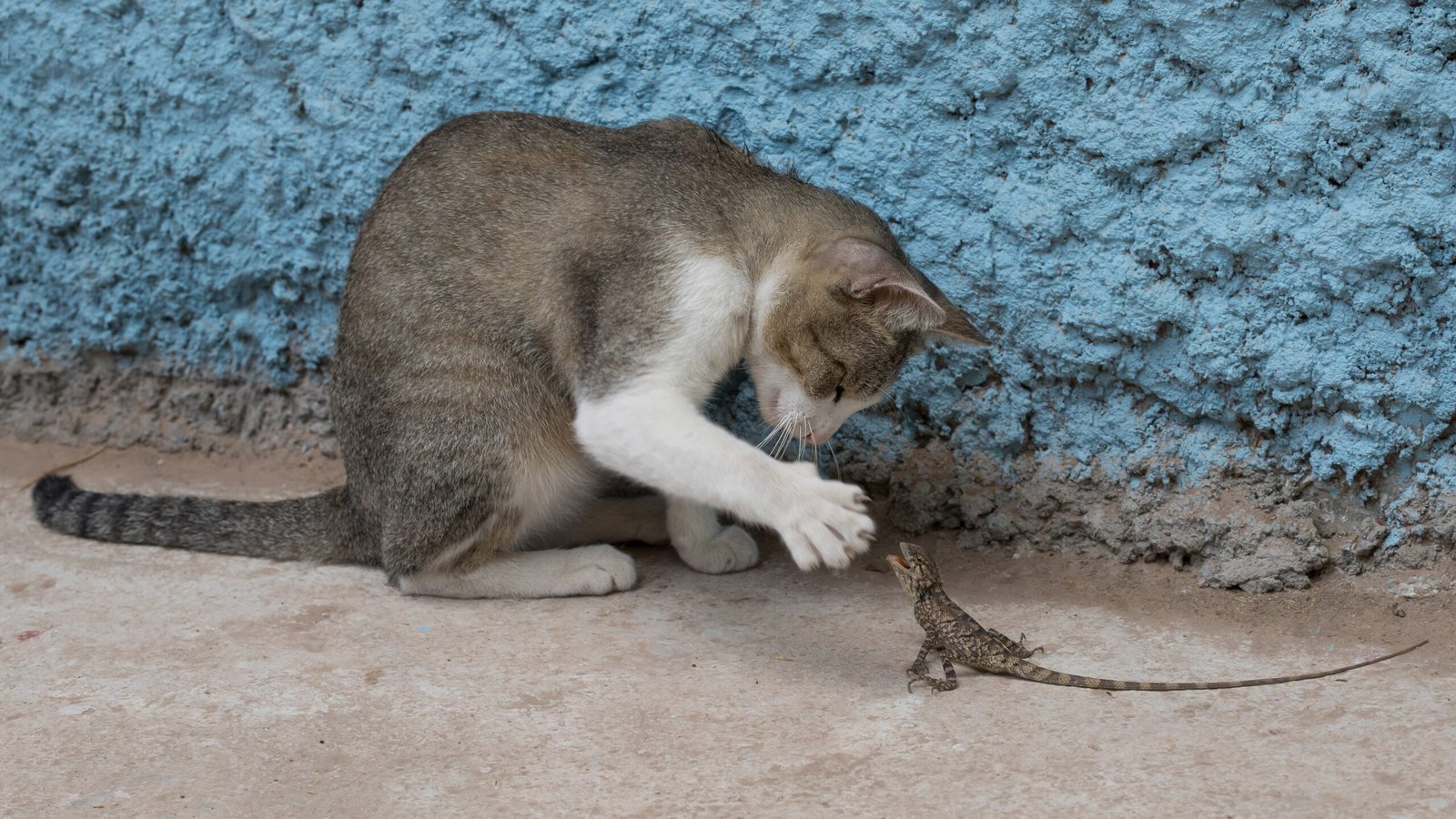
Cats are incredibly sensitive to body language. A person towering over them, making direct eye contact, or reaching out suddenly can be intimidating. Cats see these actions as signs of dominance or aggression. On the other hand, someone who moves slowly, sits at their level, and avoids staring can seem much less threatening. Sometimes, cats dislike people who fidget, pace, or gesture wildly. It’s not personal—your cat is just reacting to what feels safe or unsafe. This is why some cats gravitate toward quiet, calm visitors and steer clear of the more energetic ones.
Early Socialization Experiences

A cat’s experiences during kittenhood shape how it reacts to strangers. Kittens who meet lots of people during their critical socialization period (between two and nine weeks old) often grow up to be friendlier adults. On the flip side, cats who had little positive contact with humans may be wary or fearful later on. If your cat hides from new people, it might be because of its early life. Even adult cats can learn to be more sociable, but it takes patience and gentle exposure. Think of it like learning a new language—it’s easier when you start young, but not impossible later.
Natural Personality Differences
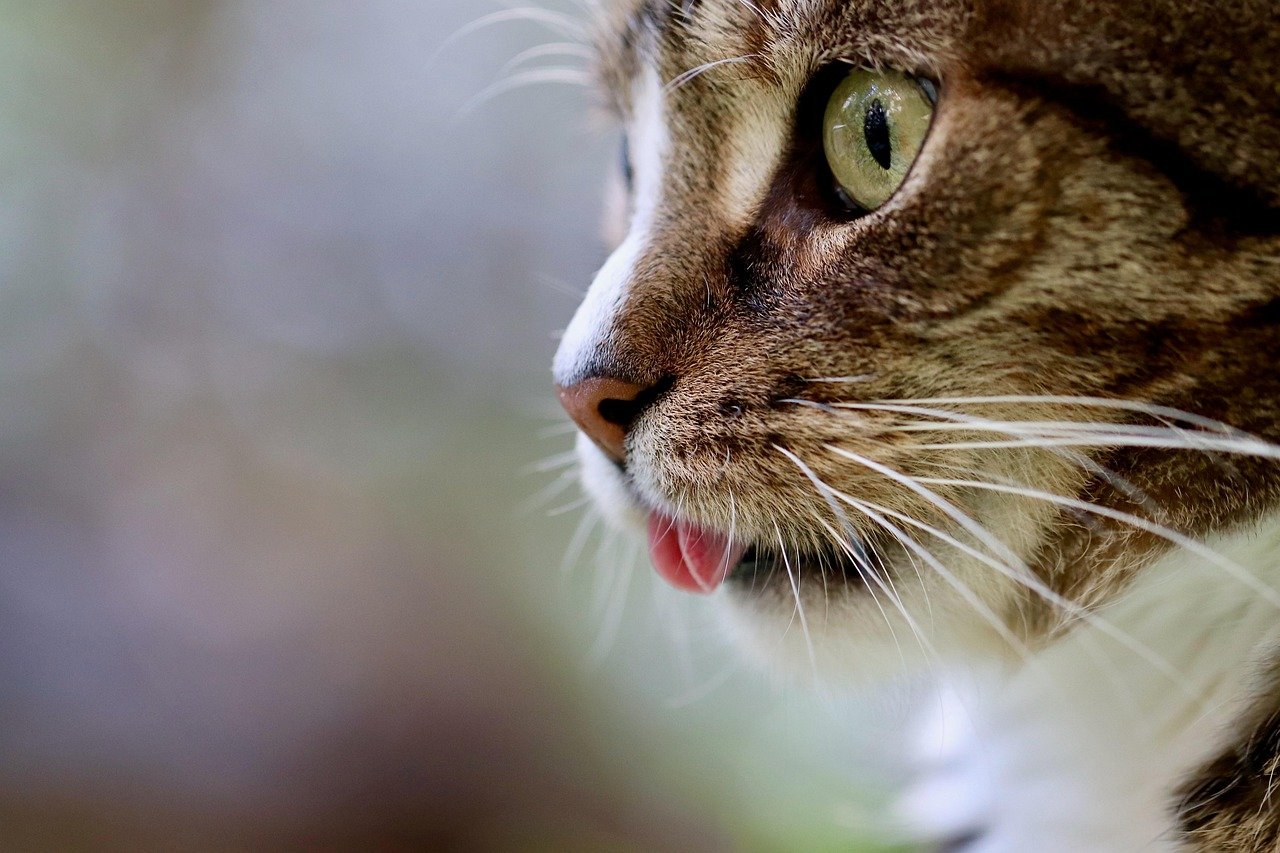
Just like people, cats have unique personalities. Some are born social butterflies, eager to greet anyone who walks through the door. Others are more reserved, preferring familiar faces and routines. Genetics play a big part in these differences, as do breed traits. For example, Siamese cats tend to be outgoing, while Persians might be more standoffish. Your cat’s disposition—whether bold or bashful—shapes how it views strangers. So, if your kitty seems to dislike new people, it may just be a matter of personality rather than any specific dislike.
Painful or Traumatic Memories
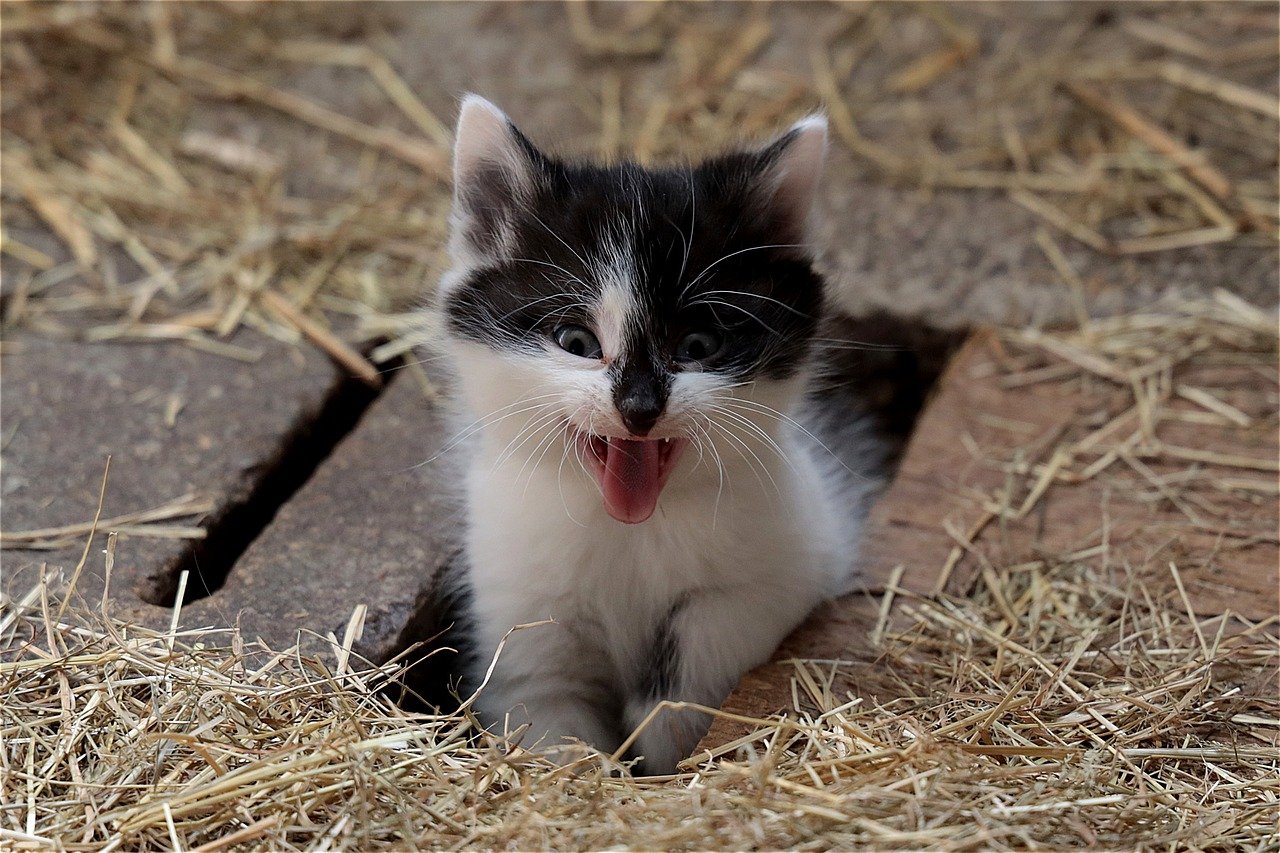
Some cats associate new people with past negative experiences. If a cat was once frightened, hurt, or mishandled by a stranger, it may generalize that fear to all new people. Even a single bad encounter can leave a lasting impression. For rescue cats or those with a history of trauma, the reaction can be especially intense. They might hiss, growl, or hide as a way to protect themselves. This isn’t about disliking the new person—it’s about feeling safe. Over time, gentle, positive interactions can help rebuild trust, but it’s a slow process.
Protectiveness of Territory

Home is a cat’s kingdom. When someone new steps into their space, cats can feel like their territory is under threat. This instinct goes back to their wild ancestors, who guarded their home ranges fiercely. A new person disrupts the familiar scent landscape, which can be unsettling. Some cats patrol their territory more aggressively than others, making them more likely to react defensively. This territorial protectiveness is often mistaken for meanness, but it’s really just your cat’s way of saying, “This is my place. Please respect it.”
Energy and Emotional Sensitivity

Cats are surprisingly attuned to human emotions and energy. If someone arrives feeling anxious, stressed, or upset, cats can pick up on these vibes. Sensitive cats might mirror this energy, becoming tense or skittish themselves. Conversely, a calm and gentle visitor can help put a nervous cat at ease. It’s almost like cats have their own emotional radar, sensing moods that aren’t even spoken aloud. This emotional awareness is part of what makes cats such fascinating—and sometimes unpredictable—companions.
Unfamiliar Sounds and Voices

Cats have excellent hearing, far superior to ours. New people often bring new sounds—their footsteps, the way they talk, or the jingling of keys. Loud voices or laughter can startle even the most confident cats. Some cats are especially sensitive to deep or booming voices, which can seem threatening. The sound of unfamiliar shoes on the floor or the click of a purse opening may trigger anxiety. Over time, as your cat gets used to these new noises, its reaction may soften. Until then, it’s perfectly normal for your cat to be on high alert.
Personal Space and Boundaries
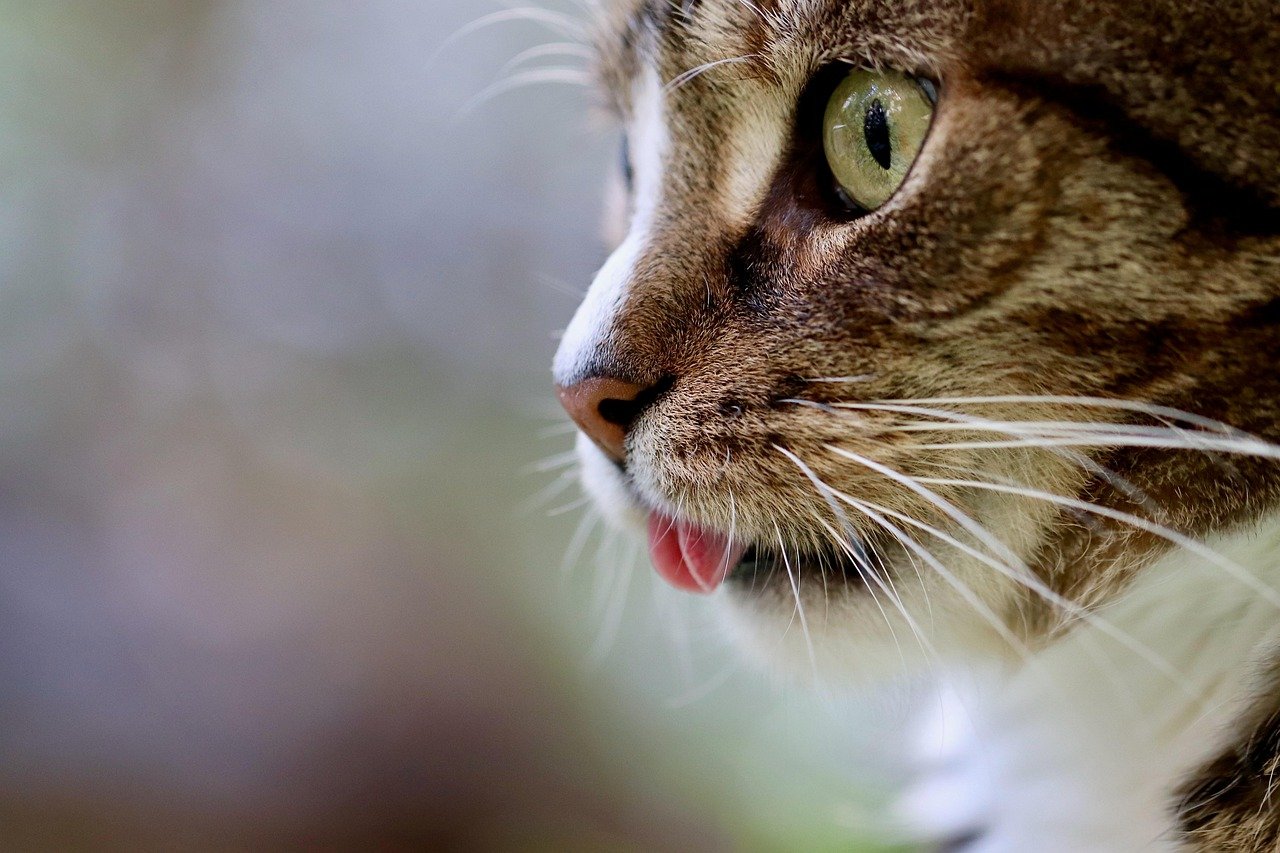
Cats are famous for valuing their personal space. They decide when and how they want to interact, and they don’t appreciate it when someone ignores those boundaries. Some visitors, especially children, might try to pet or pick up a cat too quickly. This can feel overwhelming or even scary. The best way to win a cat’s trust is to let it approach you first. When guests respect a cat’s space, the cat is much more likely to warm up over time. It’s a lesson in patience—and in letting cats be themselves.
Fear of the Unknown
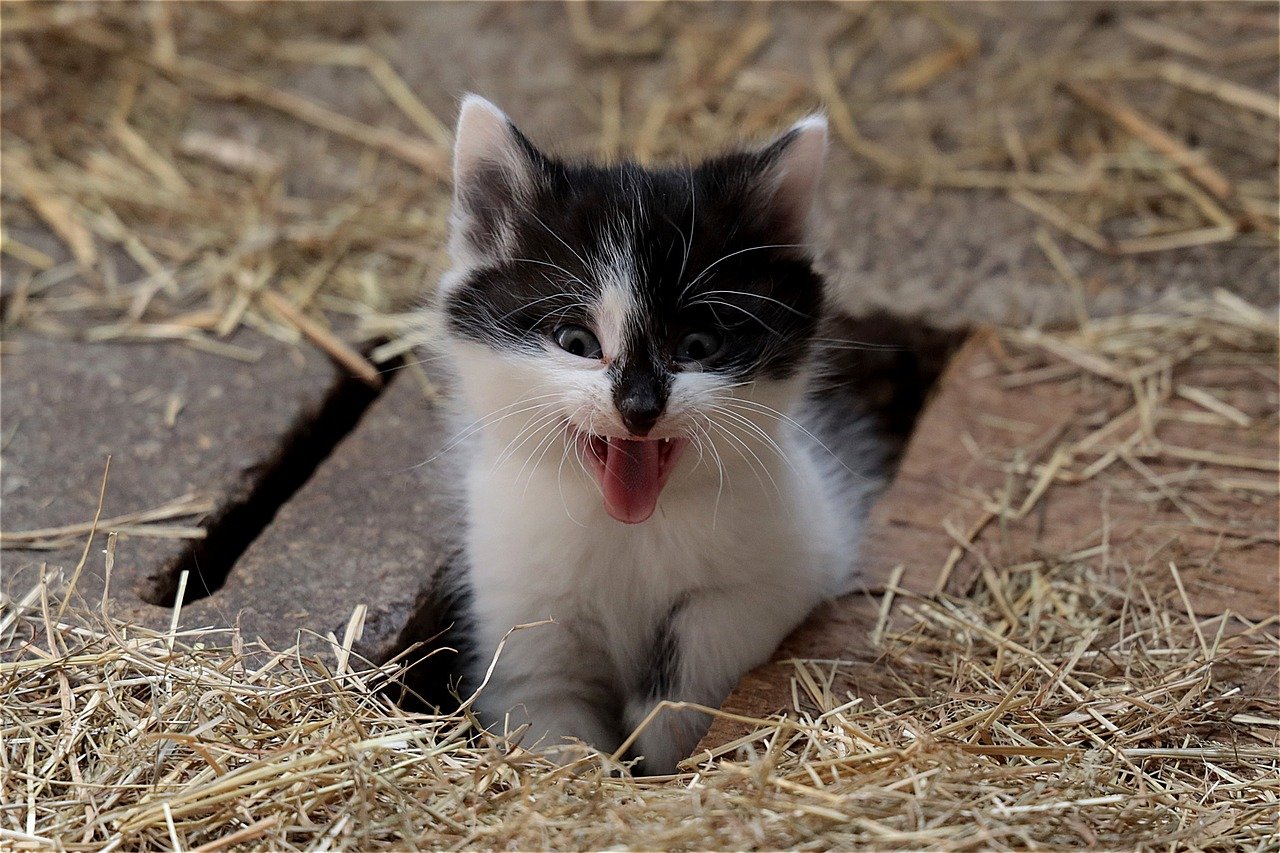
At their core, cats are creatures of routine. They feel safest when everything is familiar and predictable. A new person brings a wave of unknowns: new smells, new movements, new energy. For many cats, this unpredictability is enough to trigger caution or fear. It’s not that your cat dislikes the newcomer personally—it’s more about needing time to adjust. Given enough space and gentle encouragement, most cats gradually become more comfortable as the unknown becomes familiar.
Protecting Their Favorite Person

Some cats form especially strong bonds with their owners. When a new person enters the scene, the cat may feel protective or even jealous. This can look like sitting between you and the visitor, or acting aloof and grumpy. It’s a sign of deep attachment, but it can be awkward when you’re trying to host a guest. Reassure your cat with attention and treats, and encourage positive interactions with new people. Over time, your cat may learn that there’s enough love to go around.
Negative Associations With Certain Traits
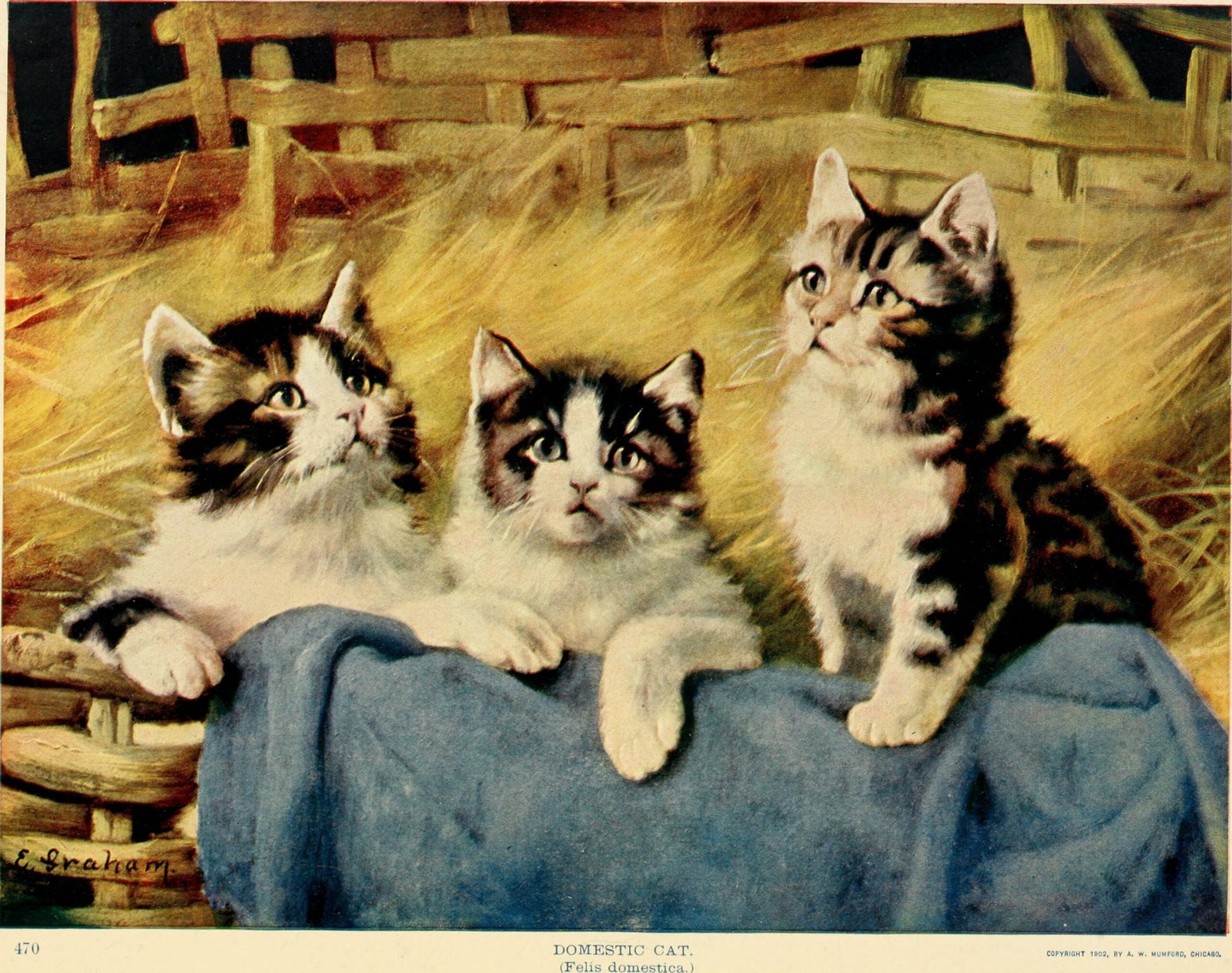
Cats can develop preferences and dislikes based on previous experiences. If a cat had a bad experience with a person who wore a certain type of clothing, had a beard, or used a particular scent, it may react negatively to anyone with similar traits. These associations are powerful and can be difficult to change. Sometimes, even seemingly trivial things—like the sound of high heels or the rustling of a jacket—can set off alarm bells for a sensitive cat. Understanding your cat’s triggers can help you manage introductions more smoothly.
Overstimulation and Stress

Meeting new people can be genuinely stressful for cats, especially if lots of changes happen at once. Too many new faces, sounds, or smells in a short period might overwhelm your pet. Signs of stress include flattened ears, twitching tails, or frantic grooming. If you notice these behaviors, it’s a sign your cat needs a break. Give your cat a safe space to retreat to, and keep visits calm and low-key. Over time, gentle exposure can help your cat become more resilient to change.
Lack of Positive Reinforcement

Cats learn through association. If meeting new people is always paired with something scary or unpleasant, your cat will naturally want to avoid strangers. On the other hand, if visitors come bearing tasty treats or gentle pets, your cat may start to look forward to these encounters. Positive reinforcement can make a huge difference in how your cat perceives new people. Encourage guests to offer treats or play with toys, and watch your cat’s attitude slowly shift from fear to curiosity.
Differences in Human Behavior

Every person interacts with cats in their own unique way. Some people are naturally gentle and patient, while others may be more forceful or oblivious to feline cues. Cats quickly figure out who “gets” them and who doesn’t. If a guest doesn’t respect your cat’s signals, your pet might avoid them or act out. Teaching friends and family how to approach your cat can make visits much smoother. A little understanding goes a long way in building trust with a cautious kitty.
Health and Wellness Issues

Sometimes, a cat’s reaction to new people is influenced by its health. Cats in pain, with mobility issues, or suffering from chronic conditions may be more irritable or easily startled. Sick or elderly cats often have less patience for disruptions. If you notice a sudden change in your cat’s behavior toward visitors, it’s worth checking in with your vet. Addressing underlying health problems can help your cat feel safer and more comfortable around others.
Breed-Specific Tendencies

Certain cat breeds are more reserved by nature. For example, Russian Blues and British Shorthairs are known for their cautious approach to strangers, while Maine Coons and Ragdolls are typically more laid-back. These breed tendencies aren’t rules, but they do influence how individual cats react. If you have a shy breed, it’s important to set realistic expectations for socialization. Celebrate small victories, like your cat staying in the same room as a guest, and don’t force interactions.
Time and Repetition

Cats need time to adjust to new people. What seems like instant dislike is often just a need for more exposure. With repeated, gentle encounters, most cats start to relax. It may take a few visits—or even weeks—for your cat to feel comfortable. The key is patience and consistency. Encourage guests to let your cat take the lead, and celebrate every small step forward. Over time, even the most cautious cats can learn to accept new friends.
The Importance of Safe Spaces
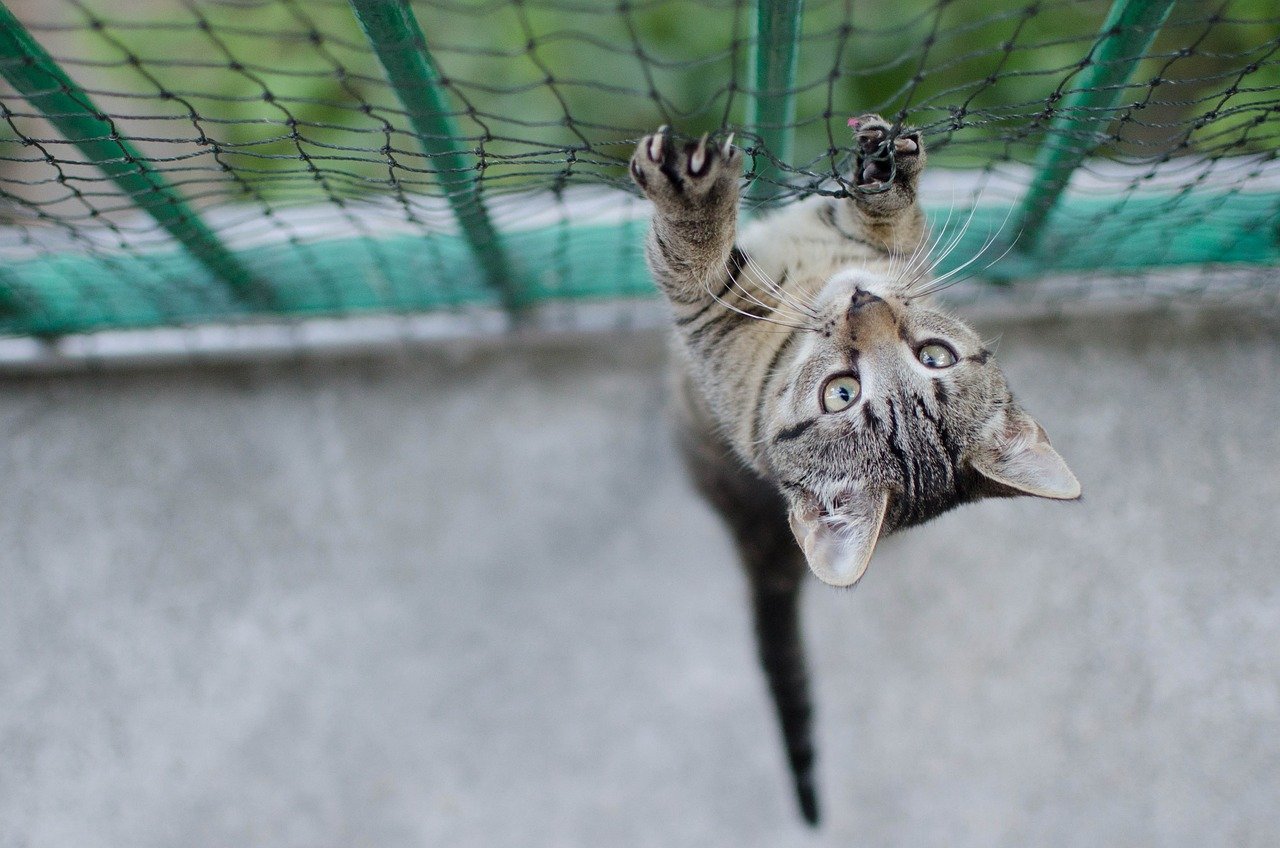
Every cat needs a safe zone—a quiet spot where it can retreat from unfamiliar people or stressful situations. This might be a favorite bed, a high perch, or a secluded room. Having a refuge helps your cat feel in control, making introductions to new people less overwhelming. Encourage guests to respect these boundaries and avoid following your cat into its safe space. When your cat knows it can escape if needed, it’s more likely to venture out and say hello on its own terms.
Owner Influence and Emotional Support

Cats look to their owners for cues about how to react. If you’re nervous or tense when introducing your cat to a new person, your cat may pick up on that anxiety. By staying calm and confident, you can help your cat feel more secure. Offer gentle encouragement, treats, and praise when your cat behaves bravely. Your support can make all the difference in helping your cat build positive associations with new people. Sometimes, just sitting quietly with your cat while a guest is present is enough to show that everything is okay.
Hi, I’m Bola, a passionate writer and creative strategist with a knack for crafting compelling content that educates, inspires, and connects. Over the years, I’ve honed my skills across various writing fields, including content creation, copywriting, online course development, and video scriptwriting.
When I’m not at my desk, you’ll find me exploring new ideas, reading books, or brainstorming creative ways to solve challenges. I believe that words have the power to transform, and I’m here to help you leverage that power for success.
Thanks for stopping by, Keep coming to this website to checkout new articles form me. You’d always love it!






